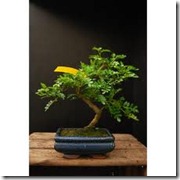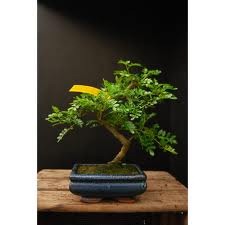 Natives of the western hemisphere are often compelled to explore the somewhat mystical traditions of the East. Their traditions fascinate a vast majority of Americans because they seem so mysterious and foreign, almost as if they originated in a completely different world. Among the several Asian countries that earn recognition for their unique cultures, China is the one that reaches the top of the list.
Natives of the western hemisphere are often compelled to explore the somewhat mystical traditions of the East. Their traditions fascinate a vast majority of Americans because they seem so mysterious and foreign, almost as if they originated in a completely different world. Among the several Asian countries that earn recognition for their unique cultures, China is the one that reaches the top of the list.
The Ancient Chinese were a brilliant, inquisitive sort. Their society was highly developed for people of their time. Europeans wouldn’t be aware of their ingenious ideas, arts, practices and technological advancement for centuries. One excellent example of a beautiful art invented by the Chinese is bonsai (Bonsai).
Often, bonsai is mistaken for a Japanese art. In fact, it was created by a Chinese man who wished to capture the feeling of a mature, wild tree by collecting one of the same species and dwarfing it. He was inspired while taking a walk in the mountains one morning. He observed the peculiar – yet winsome – windswept, petite trees. Trees in a mountainous environment tend to grow very small because they must tolerate cruel winds and harsh temperatures. The founder of bonsai thought fostering a tree in such a way symbolized endurance and long life (Bonsai). Many Buddhists today nurture bonsai trees as an act of peace. Bonsai was later transferred to Japan during the Heian period (794 -1185 A.D.). The exact year is unknown (Bonsai).
The maintenance for a healthy bonsai tree requires extensive attention that can either be cumbersome or enjoyable, depending on a person’s taste and perspective. In order to begin proper care, there are certain materials to be obtained. The following tools are needed to successfully achieve the appearance a tree must have in order to be considered a bonsai tree : shears, concave cutter, chopsticks, a watering can, and a bonsai broom (Placement). You will also need to buy or collect a sapling, a bag of soil that is the appropriate type for your species of tree, a bag of fertilizer, gravel, and a shallow potting container with an oriental style. When buying soil, consider the fact that bonsai trees need nitrogen, phosphorus, potash, lime, iron, sulfur, and other elements because the minerals in water aren’t enough (Lesniewick, 20). Tablets offering these minerals are available in gardening stores for soils that are lacking such nutrients. Choosing the kind of tree is optional. Keep in mind, though, that flowering and fruit-bearing trees are more difficult to maintain.
After having purchased all necessary supplies, it is time to begin potting the tree. Layer the bottom of the container with half of an inch of gravel. Do not block the drainage holes of the the container. While firmly grasping the trunk of the tree, fill the rest of the container with soil. Let go of the tree trunk and press the surface of the soil to smooth it out. The gravel provides a good drainage system for the tree and therefore the tree can absorb nutrients from the soil (Care). Ornaments and decorative items can now be arranged around the tree for aesthetic value.
Placement of the bonsai tree is essential. For maximum air circulation, place the tree by a window. If growing a bonsai outside, avoid strong winds to prevent destruction (Placement). Be certain that it has a sufficient light source. There are instruments that can measure ultraviolet light. A wise temperature range would be from 35 to 58 degrees Fahrenheit. Bonsai trees should never be grown in below-freezing temperatures. Only tropical trees should be in an environment whose average temperature exceeds 65 degrees, to prevent the soil form drying out quickly (Placement).
There are numerous parasites that harm trees. Bonsai trees are especially vulnerable because of their miniature size. The best way to extinguish pests is by observing them and treating them immediately. It is critical to the tree’s health to continue treatment even after the pest population is eliminated to kill all eggs or spores left behind (Lesniewick, 23).There are several insects and arachnids to keep an eye out for. A black deposit signifies sooty mold caused by aphids. Aphids are parasitic insects, that have been nicknamed "plant lice" by some gardeners because they literally deprive the tree of vital nutrients that play a key role in photosynthesis. Scales are brown insects that live on the underside or stems of leaves . Spider mites resemble paprika. Mealy bugs look like small cotton balls and can be found on twigs or branches. Root Mealy bugs are the cause of unnaturally yellow leaves and are lethal enemies of bonsai trees. They are whitish gray in color (Lesniewick, 23).

Deprecated: strpos(): Passing null to parameter #1 ($haystack) of type string is deprecated in /home/agriviek8Qv/agriviet.net/public_html/wp-includes/comment-template.php on line 2522